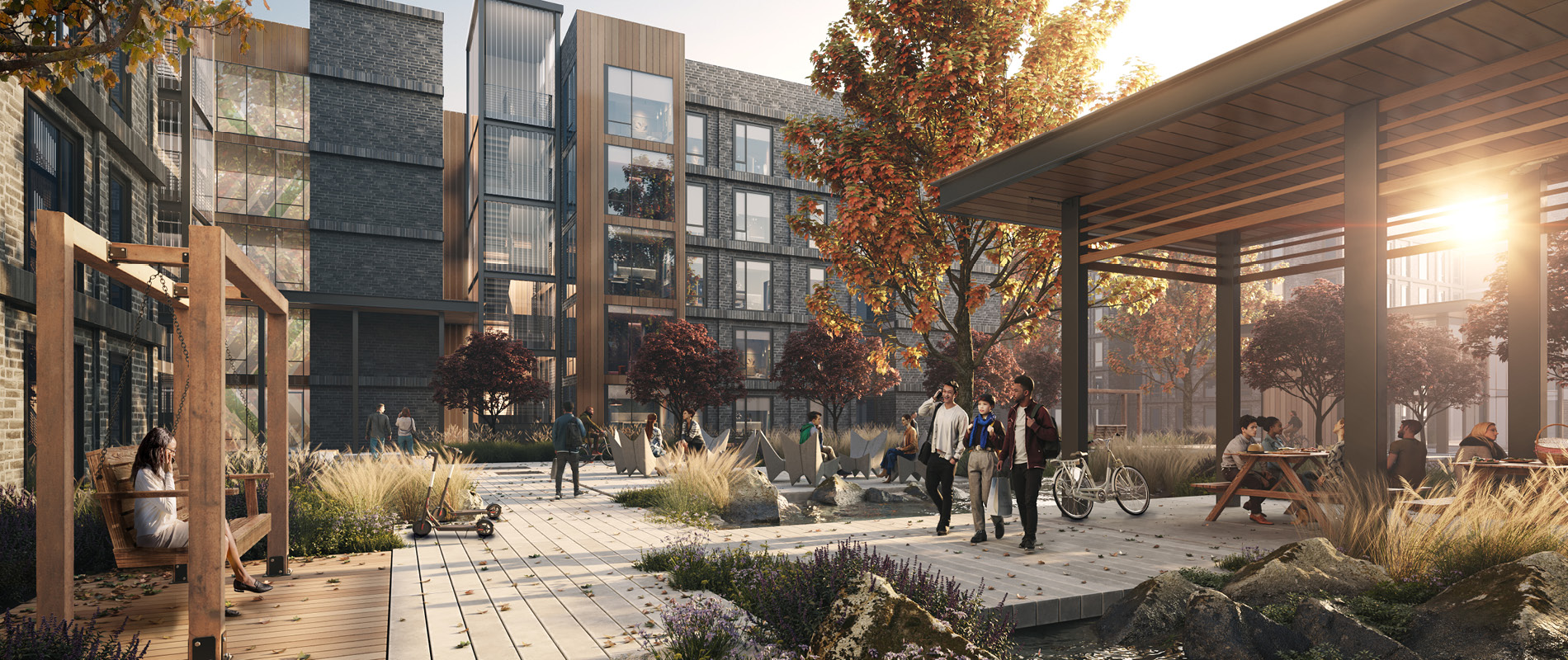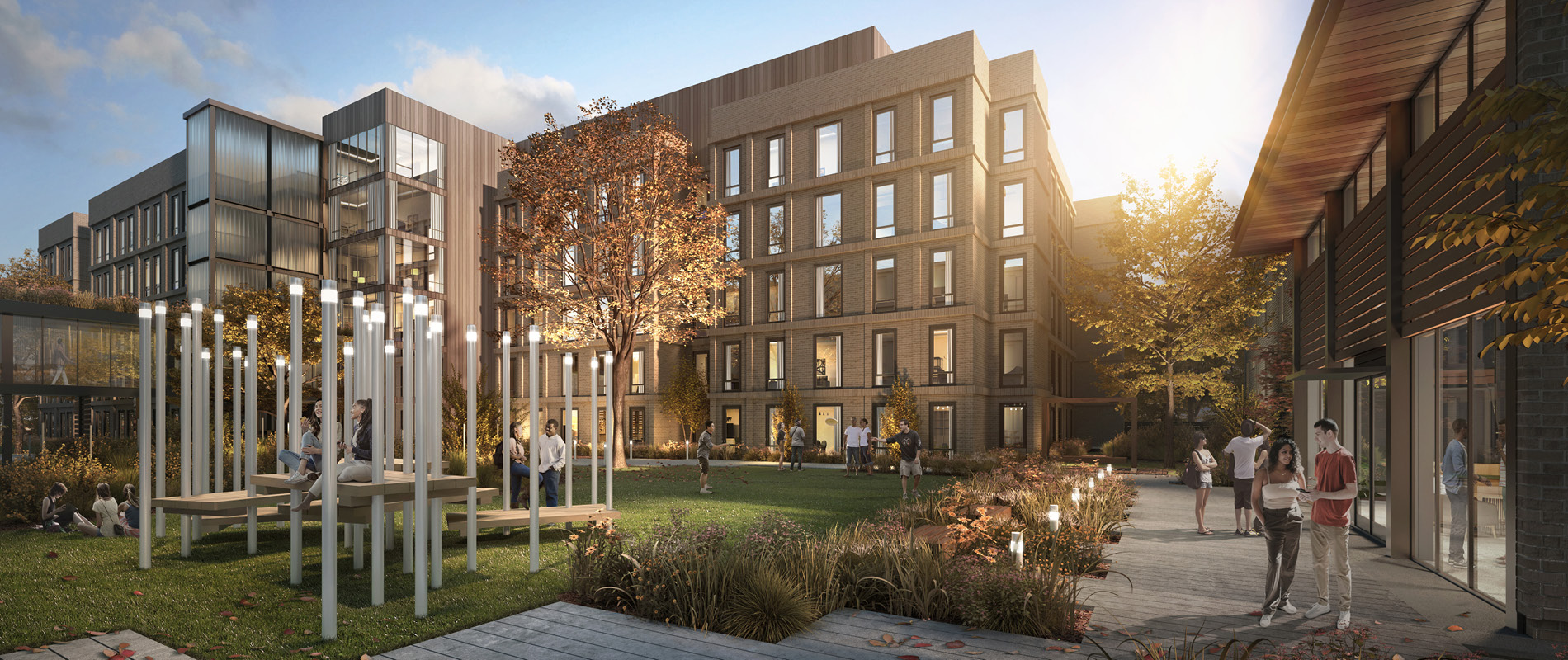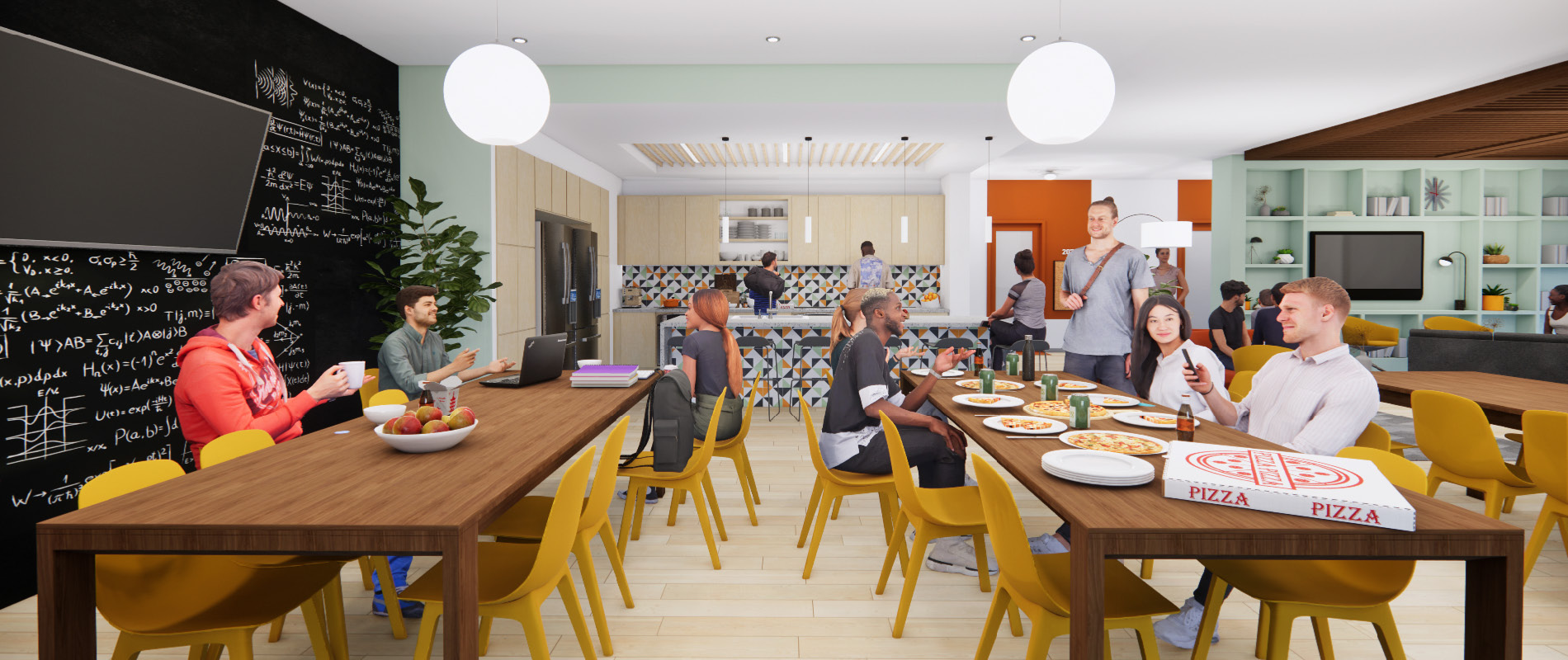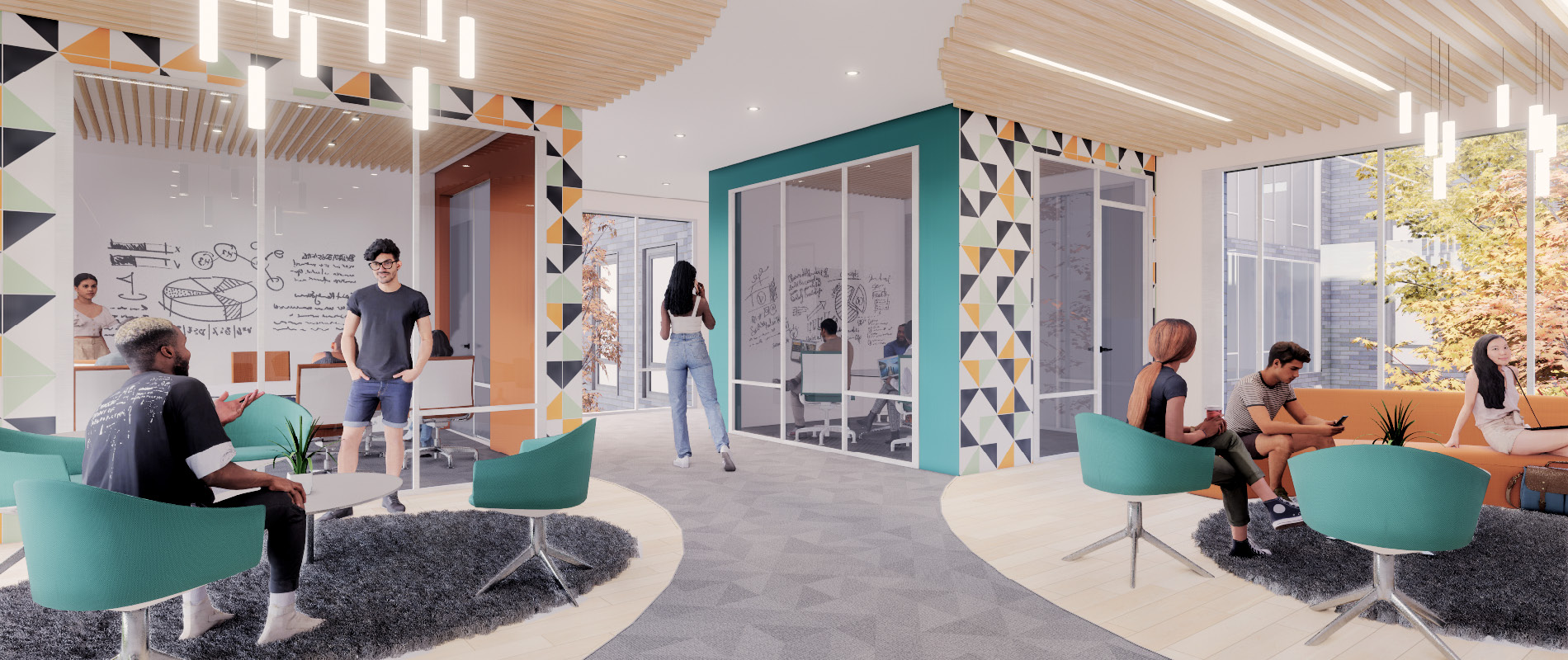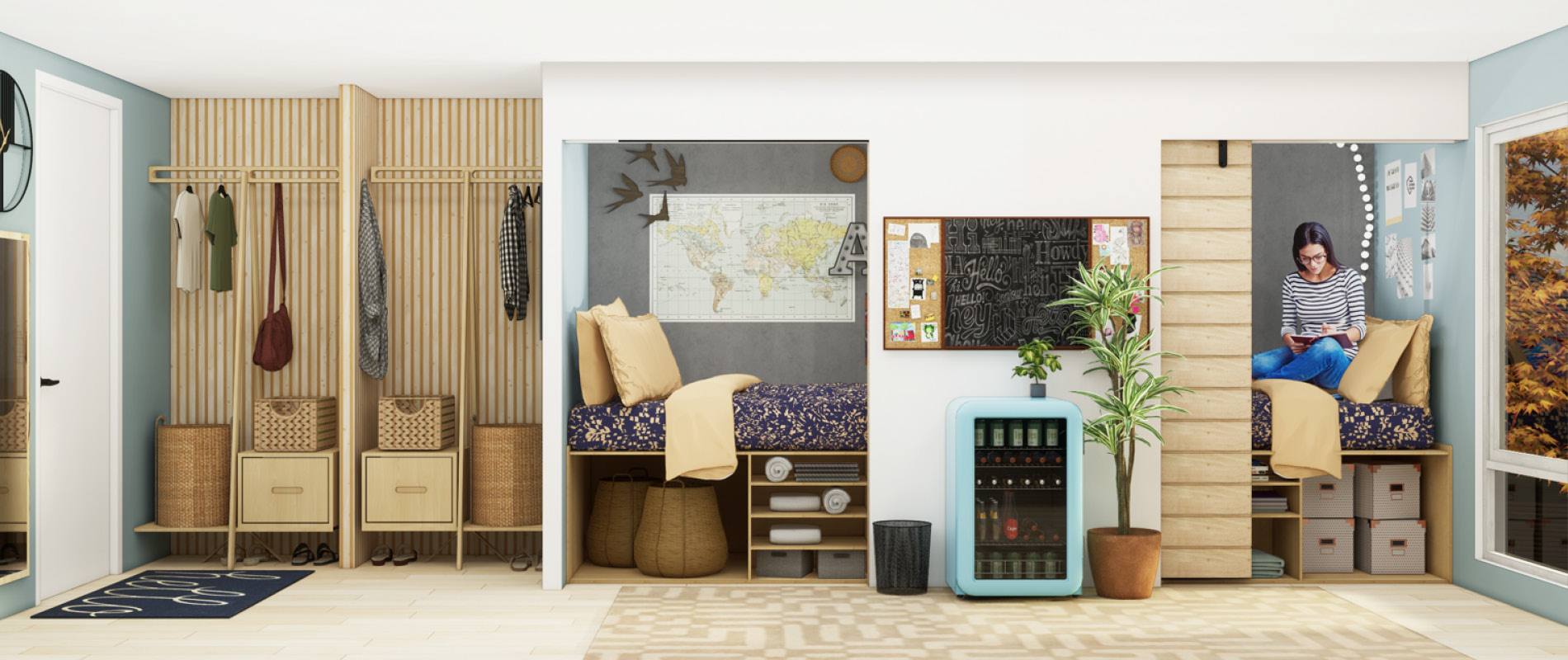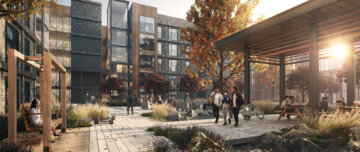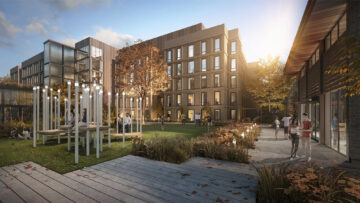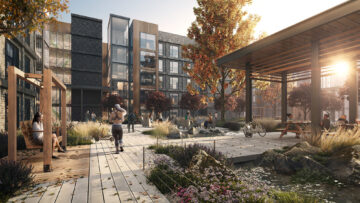A 2022 report by the Centers for Disease Control and Prevention found that a rising number of teens and young adults are experiencing depression and feelings of hopelessness. Seventy-three percent of students experience some sort of mental health crisis during college. More than 80 percent of college students felt overwhelmed by all they had to do, and 45 percent felt things were hopeless, but only 25 percent of students with a mental health problem seek help. The causes leading to these mental health challenges are extremely varied, but there are some common patterns: poor living conditions, sleep deficiencies, inadequate physical health, lack of social connectedness, and financial stress. Some universities and student housing developers have noticed this alarming trend and are creating programs to address the mental health crisis facing young people.
Over the last 30 years, KTGY has designed over 14,000 beds of student housing. All are unique, however there are also many design commonalities: units are typically organized in apartment-style configurations, allowing students to eat, sleep and study without leaving their unit; amenity spaces are generally large and concentrated in a few locations; and corridors are often long and fully enclosed. Through challenging these design assumptions, KTGY’s Research and Development Studio developed Thrive Hall, a design concept prioritizing mental health and wellness for student housing design. The Thrive Hall design concept proposes focusing on seven distinct design objectives: creating community, reinforcing community, connection to nature, quality rest, intentional study spaces, encouraging an active lifestyle, and mental health support.
Through reconfiguration of the typical student housing model to encourage social connectedness, promote healthy habits and increase exposure to the outdoors and natural light, student housing design can better support the needs of today’s students, without dramatically increasing development budgets. The Thrive Hall design proposes creating housing pods to form smaller, intentional groups of students while still providing the same number of beds and a similar amount of amenity space as a typical student housing project.
Today’s college students face unprecedented challenges. As designers of student housing, when we look to the future of student life, we have not just the opportunity, but the responsibility to consider how design best supports the needs of students. The college experience is more than essays and tests; it is a life experience that welcomes young people into adulthood. Student housing is the backdrop for many of those life experiences and the future of student housing design should appreciate this important role.
THANK YOU
Your information request has been received and a KTGY team member will reach out to you shortly!
